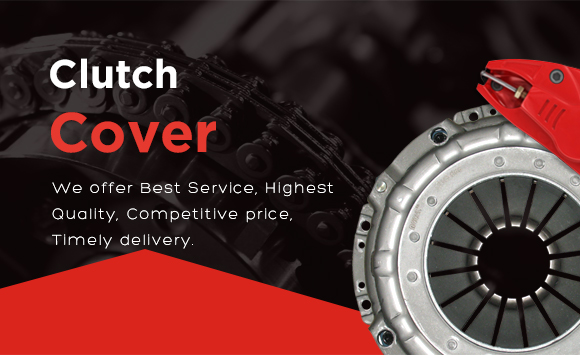Mobile:+86-311-808-126-83
Email:info@ydcastings.com
pressure casting
Pressure Casting An Overview of the Advanced Metal Casting Technique
Pressure casting, also known as pressure die casting, is a sophisticated manufacturing process used for producing metal parts with high precision and superior surface finish. This technique employs high pressure to inject molten metal into a mold, resulting in components that are not only dimensionally accurate but also exhibit enhanced strength and durability. The method is widely used in various industries, including automotive, aerospace, and consumer goods, due to its efficiency and scalability.
The pressure casting process begins with the creation of a mold, typically made from steel or other high-strength materials. The design of the mold is crucial, as it determines the shape and complexity of the final casting. Once the mold is ready, molten metal—often aluminum, zinc, or magnesium—is heated until it reaches a fluid state. The key feature of pressure casting is the use of a pressure chamber, which allows the molten metal to be forced into the mold under high pressure. This ensures that the metal fills the intricate details of the mold, minimizing air pockets and defects.
One of the primary advantages of pressure casting is its ability to produce parts with exceptional dimensional accuracy. The high pressure used during the injection process helps the metal to conform closely to the mold, resulting in lower tolerances compared to traditional gravity casting methods. This precision is particularly beneficial in industries where components must fit together with tight tolerances, such as in automotive engine blocks or aerospace components.
pressure casting

Another significant benefit of pressure casting is the surface finish it can achieve. The smooth cavities of the molds result in castings that often require little to no machining after the casting process. This not only saves time but also reduces overall manufacturing costs. Furthermore, pressure casting can achieve thin-walled structures, which is advantageous for reducing the weight of components without compromising strength.
However, pressure casting is not without its challenges. The initial setup costs can be higher due to the need for specialized equipment and mold fabrication. Additionally, the process is best suited for high-volume production runs, making it less economical for small batch production or one-off parts. Manufacturers must conduct a thorough cost-benefit analysis to determine if pressure casting is the right choice for their specific applications.
In recent years, advancements in technology have further enhanced the pressure casting process. Innovations in mold design, materials, and automation have improved efficiency, reduced cycle times, and expanded the range of materials that can be used. These developments have made pressure casting increasingly competitive and are driving its adoption in new sectors.
In conclusion, pressure casting is a highly effective process for producing precise and durable metal components. With its ability to achieve fine tolerances and excellent surface finishes, it plays a critical role in modern manufacturing across various industries. As technology continues to advance, the potential for pressure casting to create even more complex and lightweight parts only grows, making it a key player in the future of metal casting.
-
Why Should You Invest in Superior Pump Castings for Your Equipment?NewsJun.09,2025
-
Unlock Performance Potential with Stainless Impellers and Aluminum End CapsNewsJun.09,2025
-
Revolutionize Your Machinery with Superior Cast Iron and Aluminum ComponentsNewsJun.09,2025
-
Revolutionize Fluid Dynamics with Premium Pump ComponentsNewsJun.09,2025
-
Optimizing Industrial Systems with Essential Valve ComponentsNewsJun.09,2025
-
Elevate Grid Efficiency with High-Precision Power CastingsNewsJun.09,2025











